| Animal Alphabet Tracing Sheets A-Z |
Fun alphabet tracing sheets to help your kids learn to write the letters of the alphabet. Teach both upper case and lower case or focus on just one. Each page has a fun picture of an animal starting with the letter as can be seen on the few sample pages below. I laminated each page so that the girls can use them over and over again with a white board/erasable marker. Download these templates now.
7 Comments
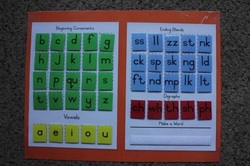 Jellybean has suddenly started understanding that 2 letters together blend into one sound and she is now rapidly building words. She now also understands that every word must have a vowel after I explained that each word must have a yellow letter in it. This has helped make reading difficult words easier as she is learning that words can get broken down into sounds. I saw this on the net somewhere (if I remember where or I can find it again, I will post the link) but the one I saw was made up of post-it's. With the rate at which my girls manage to destroy things, Post-It's would never have lasted longer than 5 minutes, so I decided to make something a wee bit more sturdy. To make this workbook, I used an orange file folder, self adhesive plastic, templates (laminated), self adhesive velcro strips and double sided tape. I covered the orange file folder with the self adhesive plastic on both sides to make it sturdier and hopefully last longer. I then laminated the template pages and stuck to the folder with the double sided tape (not the thick puffy tape). I laminated the colour letters and cut each one out to fit onto the template. I then used the self adhesive velcro to attach each letter to the template so that they can be easily removed and placed back. In the "Make a Word" section, I placed a long strip of velcro so that the letters can be moved to build words. Herewith template:
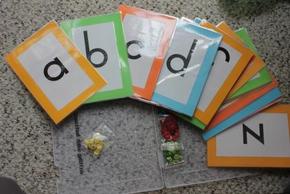 Here is another great way to help your kids remember the letters of the alphabet. I printed out each letter (template below with 2 letters per page) and pasted it onto a coloured board 1cm thinner than an A5 size. Reason for this is so that i could laminate 2 letters per A4 page and still have a gap in the middle to cut them apart. I used 5 different coloured board and have 5 different coloured packets of buttons to correspond with the colours of the board. The girls get to use the corresponding coloured buttons to "write" each letter. This helps them to remember its shape. We then spend time going over the sound that each letter makes and they need to think of at least 3 words that start with the letter they are working on.
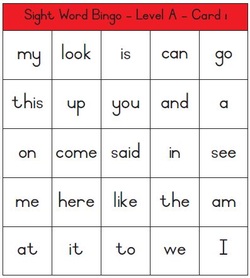 Now that Jellybean is starting to read with phonics, I have noticed she is still battling with all her sight words and needs my help with reading those. I looked for a fun way to help her with learning sight words and came across a Sight Word Bingo here. I decided to re-type all of the boards as I had trouble downloading a few and also, with none of the boards being numbered or grouped, I wasn't sure how I would recognise which boards were which, so I made my own with titles. I now have the list of words with me and get to call them out randomly depending on which set we are playing with. I like the fact that there are 6 boards per set as this ensures that she doesn't simply remember the place of each word, but instead had to remember the word itself. I have a set of 20 rather big buttons which I have used for markers, otherwise to make the game a bit more fun, we use sweets which she can eat after she wins! I laminated each board so that it would be more durable and last for longer and have stored each board along with the markers in its own little box so as to keep everything together. Herewith the downloads for the Sight Word Bingo Game in PDF format.
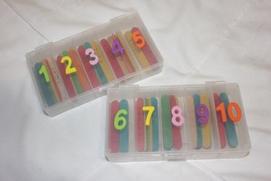 I decided on a simple game to start Jellybean with basic mathematics, but wanted something that would be fun.
I used 6 different coloured small ice cream sticks so that I could create different difficulty levels. Each level is still fairly basic as this is her first real introduction to maths. The idea is that she needs to empty all the sticks out of the containers and first sort them into their different colours / difficulty levels. Then she needs to start with Level one and after working out the answer on each stick, place it in the appropriate box numbered 1 - 10 depending on the answer. All answers on all sticks are within the 1 - 10 range. There is one stick for each box in each level - a total of 60 sticks or otherwise 60 sums. This is such an easy maths game to make and makes solving maths sums so much fun. 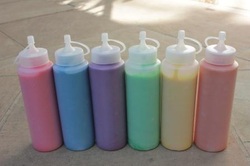 Painting is always an all time favourite for kids. Puffy Paint is just so much better though! I made 6 different colours and decided to store them in squeezie bottles so that they are easy to use when painting. For those of you in the Johannesburg area, I bought the bottles at Westpack Packaging at the Lifestyle Centre for R3.50 each. Puffy Paint RecipeTo fill a 250ml bottle for each colour you will need:
Mix all ingredients together and fill up your squeezie bottle. Once your kids are done painting, leave their artwork to dry overnight Kids love nothing more than a super cool science experiment. This experiment was no exception. Lava Lamps! Here are instructions on how to make your own lava lamps. You will need: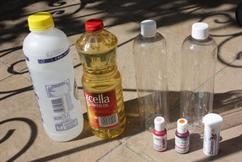
To make your lava lamp: On a shopping trip to an educational toy shop last week, I came across a mosaic board for the kids. My girls, especially Genevieve, absolutely love to build these mosaic pictures. I try to buy as many as possible, but find it fairly taxing on the pocket having to buy a new one every week and then 15 minutes later, the picture is complete and the fun is over.
So you can imagine my delight when I came across an A3 sized, magnetic mosaic set with 20 different pictures to build (and a website to download more). This comes down to hours of fun and then we get to pack it away and build it all over again tomorrow! I am amazed to see how hard she can concentrate and for such a long time. What a great way to teach concentration and focus, along with numbers and colours - all in a fun, arty way. 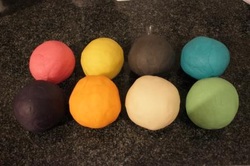 I decided to take on a different approach to teaching Genevieve her letters and the phonetic sound they all make. Instead of the old fashion flash card, or making her write the letter over and over again until she remembers it, I gave her a ball of playdough (after making 8 colourful balls) and asked her build each of her letters with playdough. She decided on her own to build both the upper and lower case letter. It was amazing to see how quickly she grasped the ones that she was a little uncertain of. I have tried so many times before with flash cards, yet the information seems to go in one ear and out the rest. Not only did she get to learn the shape of the letter and the sound it makes. She had fun playing with the dough and developed fine motor skills too. Here is the perfect playdough recipe for you to try at home:
1 cup cake flour 1 cup warm water ¼ cup salt 2 teaspoons cream of tartar 1 teaspoon oil food colouring of your choice food essence of your choice (optional) Mix all the ingredients together in a pot and place on the stove on high heat. Keep stirring with a wooden spoon scraping from the bottom and the sides until dough forms. Remove the ball from the pot and immediately knead the dough until smooth. Leave to cool and place in a plastic bag to keep from drying. Dough can be kept for as long as it is soft (mine has kept for over a year in the past). It is also non-toxic so no need to worry if they eat it. I use essence in my dough to give each dough a unique smell ie. orange essence in the orange dough, lemon in the yellow, peppermint in the green, almond in the white, etc. This just adds to the sensory experience. I have spent most of this last week on Google trying to find a reading programme to supplement that which will come with the Sonlight Curriculum. I guess I just feel that reading is so important and opens so many doors. It makes life just that much easier if you have a fantastic reading ability and more importantly, a great comprehension of what you are reading.
I initially looked back into my own schooling career and remembered a programme that we used as kids in Primary School at Cliffview Primary. It was the SRA Reading Laboratory and I recall what an incredible programme it was. Living in South Africa however, with our exchange rate between the USD and GBP, makes it almost impossible to use this programme as it is just too expensive to purchase. I then looked at a few more reading programmes originating from Australia, but once again, the exchange rate does not favour this. Then I had recalled a South African based programme introduced to me by Juliette's current teacher - Readers are Leaders. The reason I never really looked into it any further was because I have a love for books - real books - not the kind that are all computer based, and the Readers are Leasers is exactly that - a computer based software. But after really going through the programme in depth, I have realised that this is in fact, the right programme for me to be using for my 3 little angels. Time to face reality and realise that our kids are growing up in a time of technology where everything will be done on a PC, laptop, tablet or smartphone. Might as well embrace it and give them the advantage. | |||||||||||
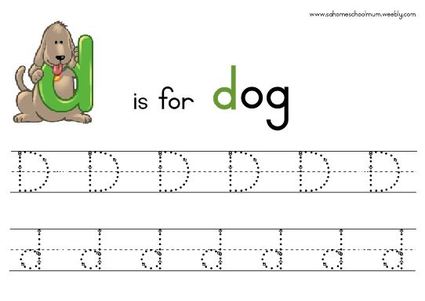
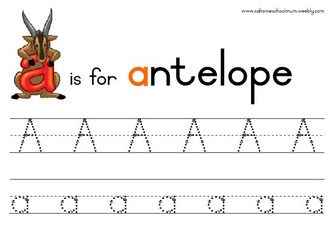
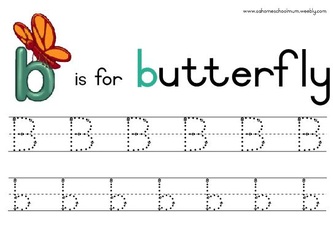
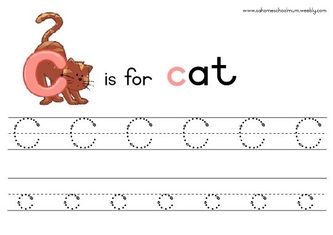
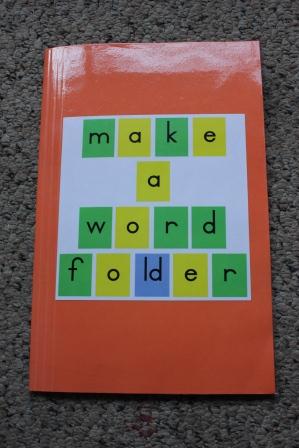
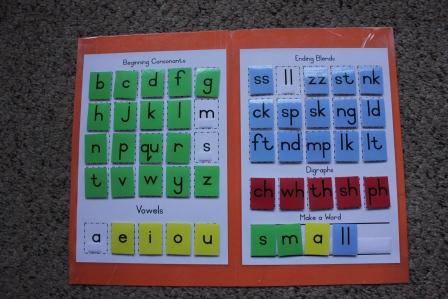
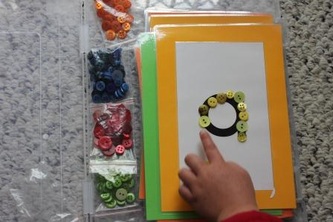
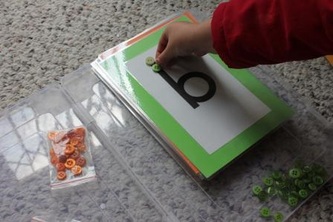
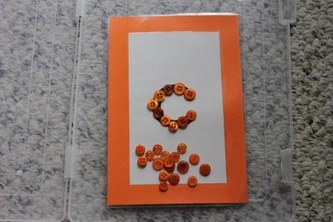
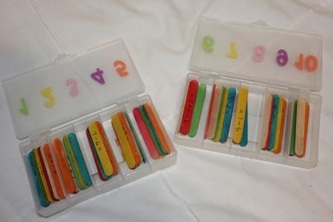
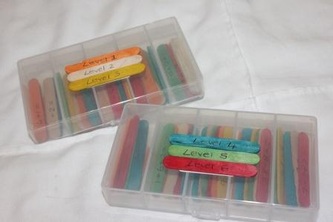
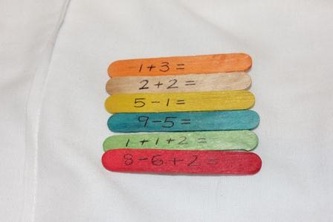
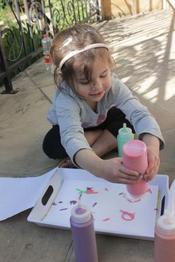
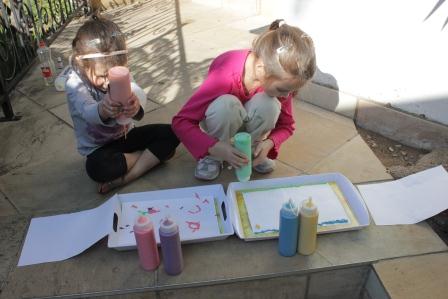
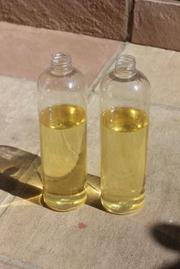
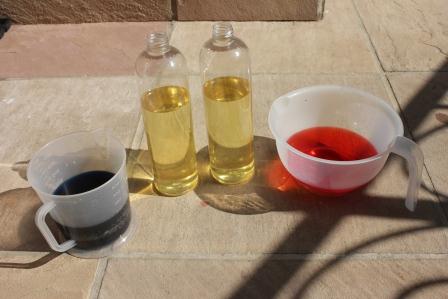
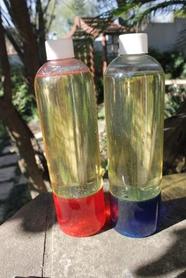
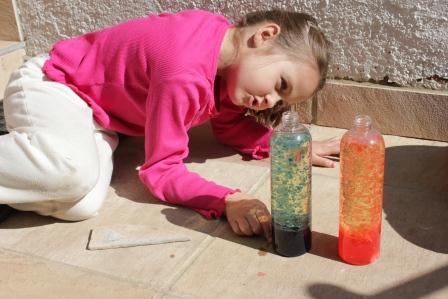
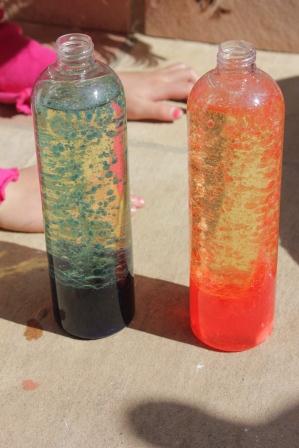
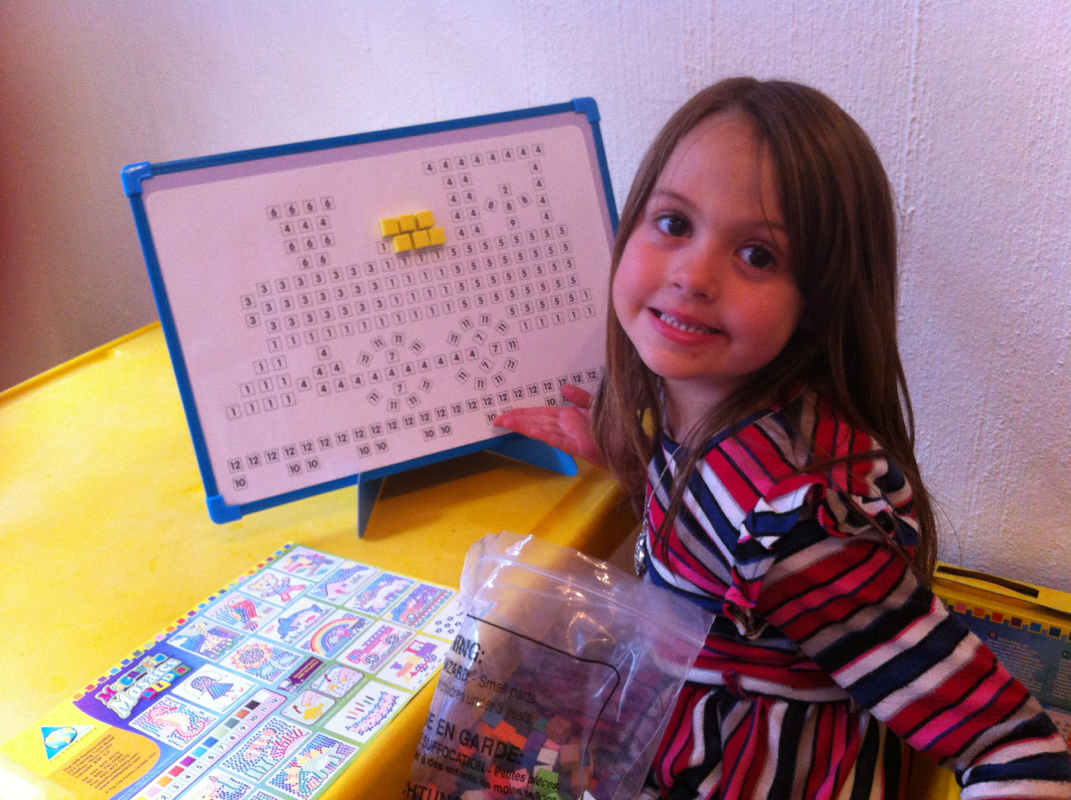
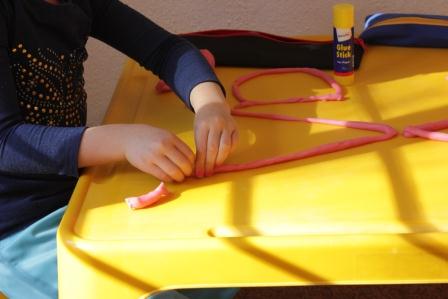
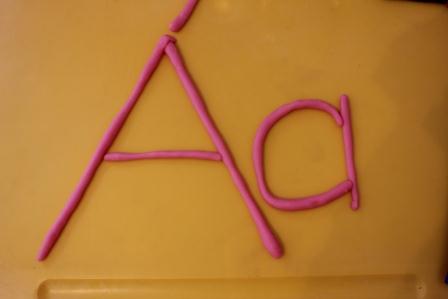
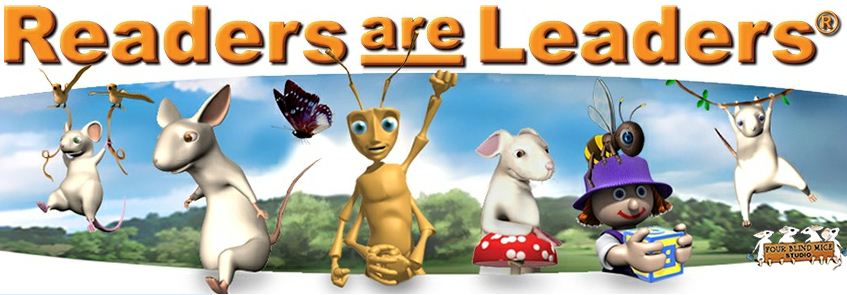
 RSS Feed
RSS Feed